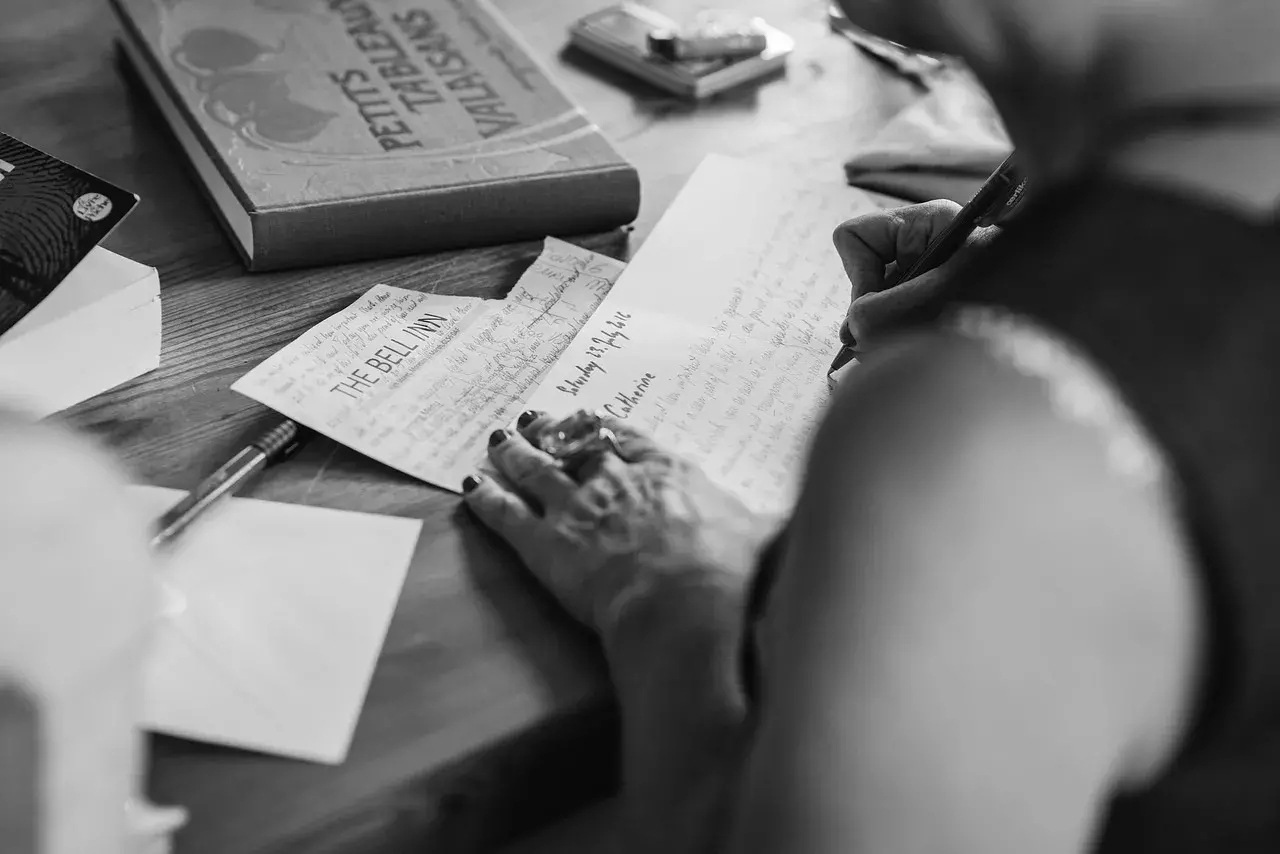
Photo: Pixabay
Breaking down the methods of writing short stories, and getting good at writing them, can set you up for success in all forms of writing, writes Pratibha Das.
A short story is a work of fiction that is shorter in length than a novel. It can be read in one sitting as its average length is between 1,000 to 7,500 words. Due to its limitation in terms of length, it is usually centered on one single event, a few characters and one central theme. Unlike a novel which handles multiple plots, themes and characters, you need to keep it simple and write with greater precision.
Here are a few tips on how to write an engaging short story:
1. Story idea: Take some time to think and come up with a strong idea around which you will craft your story. You can base your story on current issues or trending social media conversations. The best way to get inspired is to write a story based on your personal experience or someone close to you. A certain issue that haunts you could be an excellent trigger to create a story around that particular emotion.
2. Character development: While developing characters, take time to observe the people in your life. Use any interesting character traits you notice and incorporate them in your story to make it more impactful. Take time to know your characters well such as their likes, dislikes, fears, their past and their setbacks so that you can portray them to your readers in a way they can relate.
3. Outline: Outline your story using elements like the exposition, an exciting incident, rising action, a climax, falling action, and a resolution. Following these elements in the right order will give your characters a goal. The first element – the exposition introduces the characters and tells us everything from their likes, dislikes, or even their back stories. The next element is the rising action where a series of events unfolds and the main character is in crisis. The third element of the story contains the climax where the story is at its peak. Most of the action happens here and the drama is intense. The fourth element is the falling action where the conflict begins to become clear and the story slows down. The fifth element is the resolution where we need to wrap up the story and resolve all the pending issues towards conclusion.
4. Opening scene: Hook your readers with an engaging opening scene. Start with a conflict or action that grabs the reader's attention and gets them thinking. Depict something that intrigues them and raises questions in their mind.
5. First draft: While outlining your story, create a one line sentence summary and expand it to a one paragraph summary. Write a synopsis of the characters and go on to work on different scenes of the story. Keep expanding and processing your scenes from there onwards to create your first draft.
6. Ending: Give a powerful ending to your short story so that it resonates with the readers and leaves them satisfied even if all the answers are unresolved. You can end it with a realisation or a powerful message. Or you can put in a revelation using an image or a setting that reveals everything without the need for words or dialogue. Even if nothing is too obvious make sure it makes sense to the readers and there is a natural flow to the ending from the start of the story.
7. Title: Choose a title that will pique the interest of your readers and get them interested to read more. You can choose a title that reflects the theme, metaphor or character of your story.
8. Edit: Don't use repetitive words. Get rid of unnecessary adverbs or adjectives. Remove redundant sentences to tighten your story and keep revising to improve clarity and flow. Remove weak verbs and use strong imagery. Use show and not tell writing technique where you need to use sensory details, character's expressions, and actions to convey the emotions instead of simply informing what is happening in the narration.
(pratibhadas@yahoo.com)

